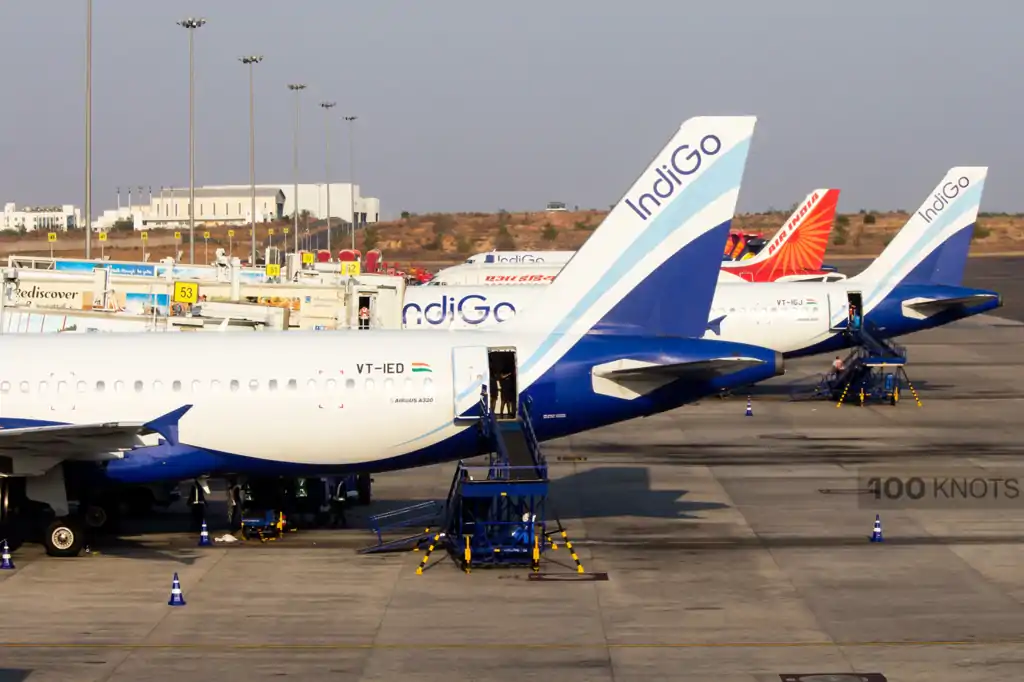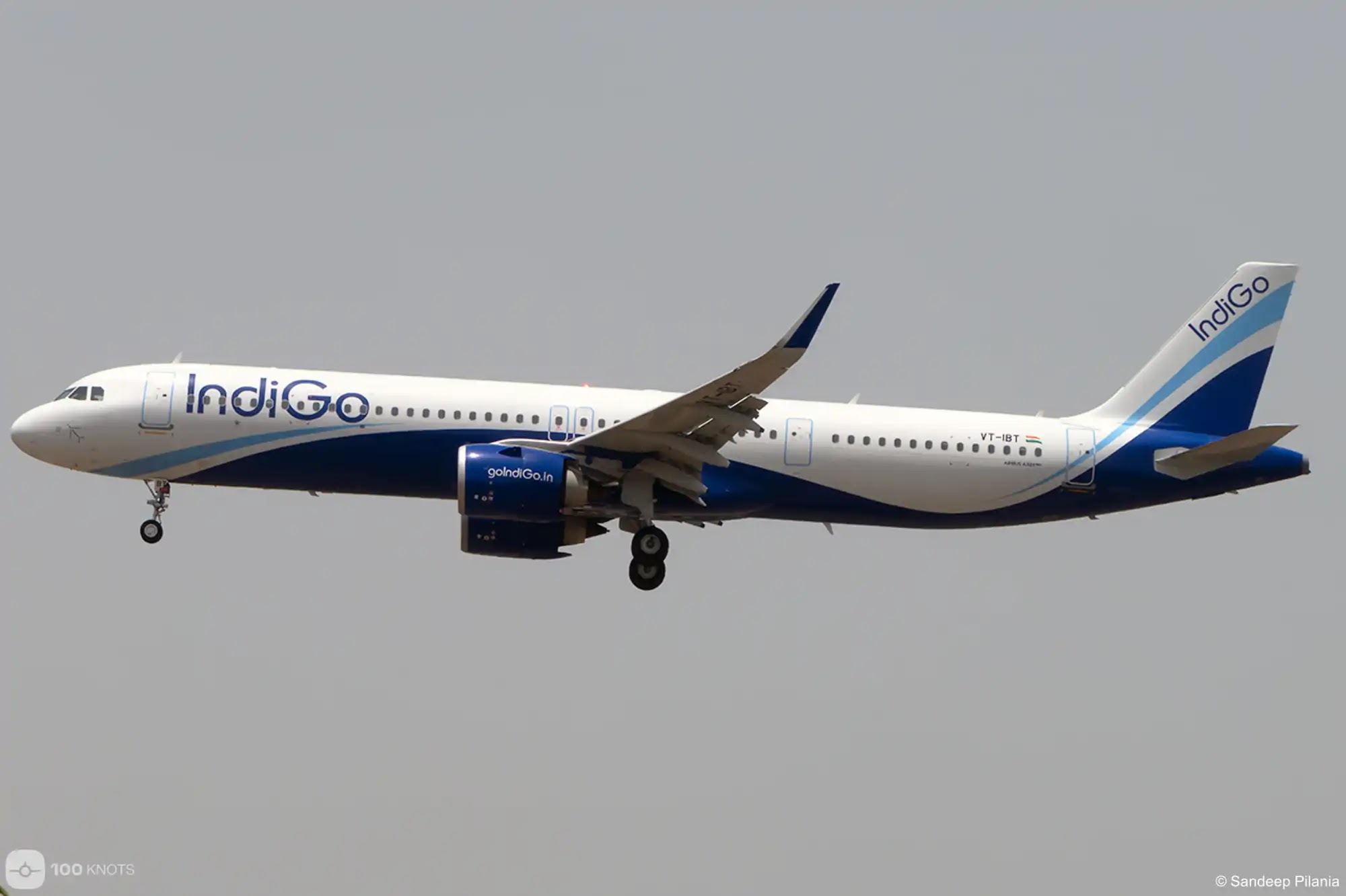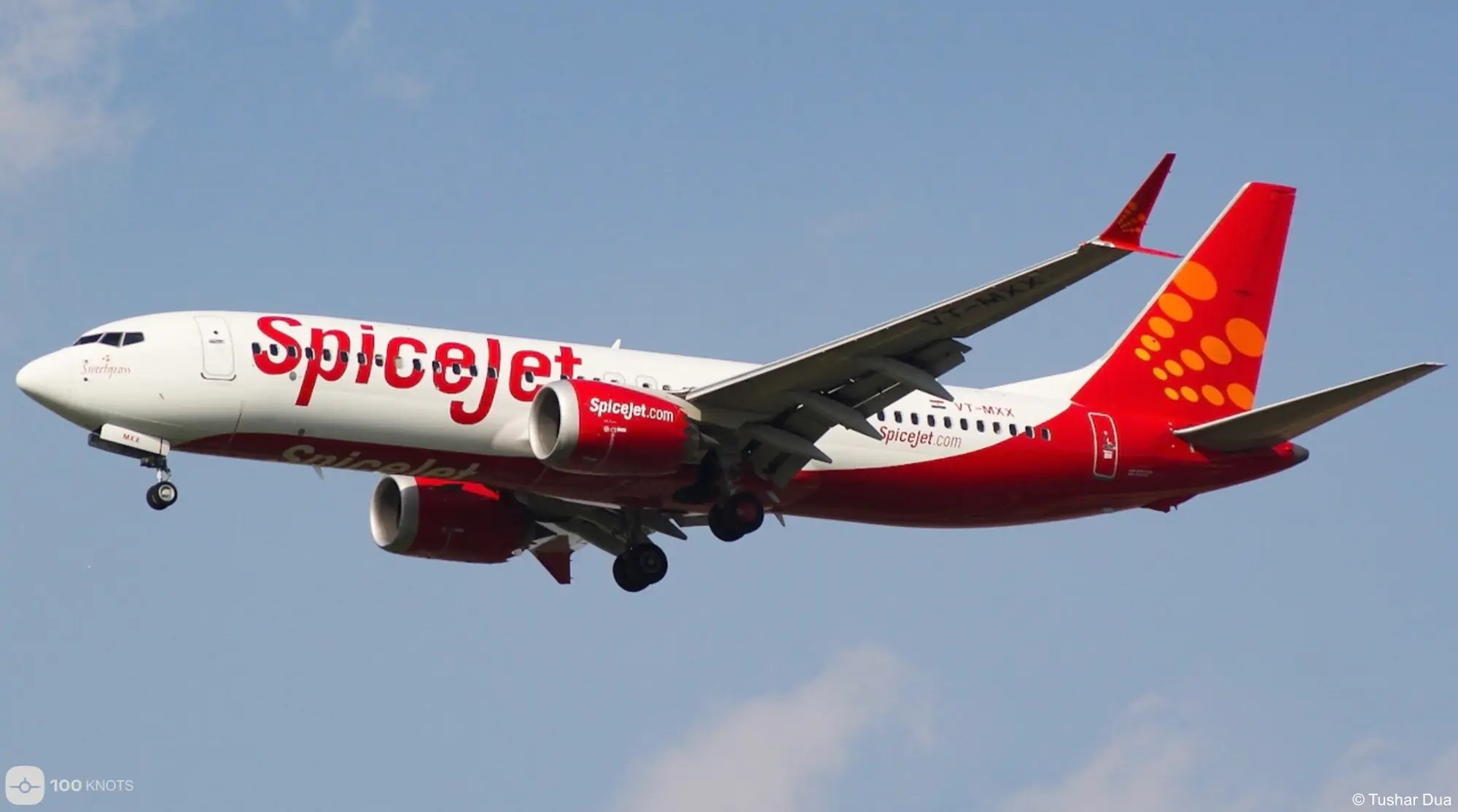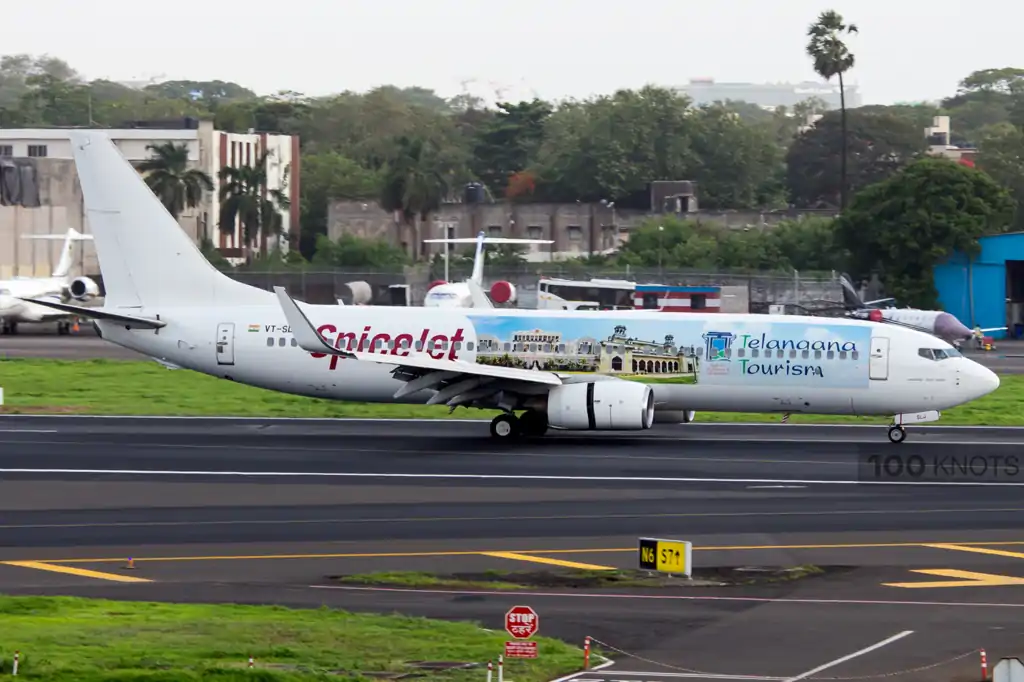In the dynamic world of aviation, the ability to land safely in adverse weather conditions has been a longstanding challenge. Autoland systems, a technological marvel, have evolved over the years to address this issue, ensuring that airplanes can land smoothly even when visibility is extremely poor. This article explores the history, functionality, and recent concerns surrounding autoland systems in commercial aviation.
History of Autoland Systems: Pioneering a Solution
Research into autoland systems began in the post-World War II era, when the expansion of commercial aviation faced challenges from bad weather and low visibility. The Blind Landing Experimental Unit (BLEU) in the UK played a pivotal role in developing early autoland capabilities. The integration of Instrument Landing System (ILS) and autopilot systems in military and commercial aircraft marked the inception of autoland technology in the 1960s.
What is Autoland?
Autoland is a digital system embedded in aircraft avionics that enables the airplane to descend, decelerate, and land autonomously without manual manipulation by the pilots. It is activated when visibility drops below 300 meters or 1,000 feet, and the airport and aircraft are certified for its use. Autoland prevents delays and diversions, particularly in situations where pilots find it challenging to make a manual approach due to poor weather conditions.
How Does the Autoland System Work?
Autoland relies on independent autopilot systems that receive information about the plane's position, height, and trajectory in relation to the runway. The ILS provides lateral and vertical guidance, while a Radio Altimeter confirms the aircraft's height above the ground. The system continuously adjusts flight controls multiple times per second, compensating for external factors like wind and turbulence. Activation, monitoring, and deactivation of the autoland system remain under the oversight of the pilots.
Types of Autoland Systems: Fail Passive & Fail Operational
Autoland systems are categorized into Fail Passive and Fail Operational. Fail Passive systems ensure minimal deviation if one autopilot malfunctions, with the non-malfunctioning autopilot taking control. Fail Operational systems, more advanced, continue automatic landing even if one autopilot fails, requiring redundant autopilot systems for enhanced safety.
When is Autoland Used?
Autoland is deployed when forward runway visibility drops below 1000ft/300m, and the ILS for the runway is at least a Category III. It is approved by air traffic control, and pilots can choose to activate the system based on the prevailing weather conditions. Different ILS categories dictate the capabilities of autoland, with most operations occurring in Cat IIIB & IIIC ILS conditions.
How Often Do Pilots Use Autoland?
Autoland is a rarely used feature, as poor weather conditions exist only at specific airports and times of the year. Pilots practice autoland operations regularly, but actual auto landings are infrequent. The preference for manual landings stems from the pilot's desire for safety and smoothness, as autoland tends to result in firmer landings.
Recent Concerns: C-band 5G and Autoland Systems
The recent rollout of C-band 5G cellular networks has raised concerns about potential interference with radio altimeter equipment used in autoland systems. This led to the disabling of autoland systems at 100 US airports to ensure the safety and reliability of the landing process.
Conclusion
Autoland systems represent a critical advancement in aviation technology, ensuring that flights can land safely in challenging weather conditions. While the technology has a rich history and a track record of safety, recent concerns highlight the need for ongoing vigilance and adaptation to emerging technologies. As aviation continues to evolve, the collaboration between technology developers, regulators, and airlines remains essential to maintaining the highest standards of safety and reliability in autoland systems.
With Inputs from Flight Deck Friend, Pilot Teacher
Read next
Boeing, the American aerospace giant, witnessed a substantial surge in 737 MAX deliveries in November, signaling a positive trajectory after facing production challenges earlier in the year.
The company managed to expedite deliveries by over 100% compared to the previous month, making significant strides towards achieving its revised annual delivery target. This boost in performance aligns with a successful month at the Dubai Airshow, where new orders, including a substantial deal with Emirates, further solidified Boeing's position in the aviation market.
November Deliveries Soar
Boeing's November deliveries soared, with a total of 56 commercial jets dispatched. Notably, the 737 MAX, Boeing's single-aisle workhorse, witnessed a remarkable 150% increase from October, reaching 45 deliveries. This surge is even more impressive when compared to the 15 delivered in September. The month marked a turning point, as it recorded the highest number of deliveries and the most MAXs delivered in a single month since June 2023.
Top Airlines and Production Rate
United Airlines, Southwest Airlines, and Ryanair emerged as the top three recipients of Boeing narrowbodies in November. United received eight, Southwest seven, and Ryanair five, underlining these carriers' status as the largest operators of the 737 MAX family. Boeing's current production rate stands at about 38 MAXs per month, showcasing the company's efforts to streamline its manufacturing process and meet growing demand.
Revised Annual Targets and Production Challenges
Between January and November 2023, Boeing delivered a total of 351 B737s, including 343 MAXs. Initially targeting 400-450 single-aisle deliveries by year-end, Boeing revised its goal to 375-400 due to production defects. Two separate issues with fittings and drilled holes, both traced back to supplier Spirit AeroSystems, disrupted production earlier in the year. Despite these challenges, Boeing's November success positions it to potentially surpass its revised annual target, bringing optimism to the aviation industry.
Orders and Backlog
November wasn't just about deliveries; it also proved to be a lucrative month for Boeing in terms of orders. The manufacturer secured 114 gross orders, including a monumental deal with Emirates for 90 B777X widebodies. However, ten 737 orders were canceled, resulting in a net gain of 104 orders for November. Boeing's net orders now stand at 945, with a total backlog of 5,324 aircraft as of November, showcasing sustained confidence in the company's products.
Continued Success in December
Boeing's success continued into December, with Avolon, an Irish lessor, agreeing to a new order for 40 737 MAXs. This order includes both the -8 and -10 variants, highlighting the continued demand for the MAX family. As Boeing inches closer to its annual target, the aviation industry watches with interest to see how the company navigates the final stretch of 2023.
Conclusion
Boeing's November performance reflects a resurgence after facing production setbacks earlier in the year. The accelerated deliveries of the 737 MAX and a robust order book position Boeing favorably as it aims to meet, and possibly exceed, its revised annual delivery target. With the aviation industry on the path to recovery, Boeing's success is not only a boon for the company but also a positive signal for the broader aerospace sector.
Read next
In a surprising turn of events, IndiGo, India's largest carrier by fleet and market share, is set to experience a contraction in operations starting in January, marking a departure from its months-long trend of relentless expansion. The airline, grappling with over 40 grounded aircraft, is expected to ground an additional 30-40 planes in the coming month, prompting strategic changes to its booking engine and a notable drop in capacity.
Capacity Adjustments
IndiGo is already feeling the impact of its grounded fleet, with an 8% reduction in capacity, as measured by Available Seat Kilometers (ASK), between December and post-January 18. The airline is set to ground nearly a hundred unique sectors, impacting routes such as Bengaluru-Coimbatore and Bengaluru-Mangalore, where daily flights will be replaced by ATR 72-600s, leading to both increased frequency and decreased capacity.
Route Reductions
The airline's schedule listing reveals a significant reduction in services on key routes, including Ahmedabad-Chennai, Bengaluru-Kochi, and Chennai-Bengaluru. Additionally, IndiGo is withdrawing from several routes to North Goa, impacting cities like Amritsar, Bhubaneshwar, Dehradun, and Varanasi. Notably, international routes like Bahrain-Kochi, Calicut-Dammam, and Hyderabad-Dammam are also being canceled.
Strategic Decision-Making
IndiGo's route adjustments seem strategic, focusing on areas where it can recover quickly. The metro segments and routes under the Regional Connectivity Scheme (RCS-UDAN) remain untouched, indicating a targeted approach to minimize the impact on core operations. The airline may reconsider these changes if dry leases are put into service, but the visible alterations suggest a short-term drop in capacity.
Competitive Landscape
The move comes at a time when competitors, including Air India and its subsidiary Air India Express, are rapidly expanding their fleets. The Tata group's renewed efforts on certain routes raise questions about potential competition in markets traditionally dominated by IndiGo.
Uncertainties and Future Projections
While the grounded aircraft's return date remains uncertain, the airline has not disclosed whether it expects new aircraft or the reintegration of older ones through dry leases in its summer schedule. The short-term blip may impact IndiGo's target of crossing the 100-million-passenger mark in the current financial year, as passenger numbers closely align with capacity.
Financial Implications
The financial burden of these groundings may fall on Pratt & Whitney, the engine manufacturer, but the true cost extends beyond maintenance. IndiGo has not disclosed the financial impact publicly, citing confidentiality, but the loss of business and potential impact on passenger numbers raises questions about the overall financial health of the airline.
Conclusion
IndiGo's unexpected capacity crunch and route cutbacks signify a deviation from its expansion trajectory. While the airline may rebound once grounded aircraft re-enter service or new ones join the fleet, the short-term implications for passenger numbers and competitive dynamics in the Indian aviation market remain significant. The coming months will reveal whether this is a temporary setback or a turning point for the airline.
With Inputs from Mint
Read next
IndiGo announced the addition of flights between Mumbai and Phuket and the resumption of operations between Bengaluru and Phuket. The airline said that adding these flights will further enhance connectivity between India and Thailand.
Given the immense popularity of Thailand as a preferred destination among Indians, IndiGo is introducing additional flights between Mumbai and Phuket, w.e.f. January 05, 2024, and between Bengaluru-Phuket, w.e.f. February 28, 2024.
These flights from Mumbai and Bengaluru will operate six days a week to Phuket. This expansion is strategically timed to meet the travel demands of customers who wish to travel abroad during the year-end holidays, the airline said in a press release.
Benefiting from visa-free entry to Thailand, IndiGo will now operate 56 weekly flights from 5 airports in India to Thailand including the new additions. Travellers can also connect further across IndiGo’s 117-strong destination network across India and the globe. The daily flights will be operated on the airline’s A320neo aircraft.
"We are thrilled to announce the addition of new flights connecting India to Thailand, reinforcing our commitment to increasing global connectivity from India. Thailand has always been amongst the sought-after destinations known for its tropical beaches, shopping, entertainment, and ornate temples. With the addition of these flights, IndiGo will connect India to Thailand 56 times a week; taking our weekly flights between Mumbai and Phuket to 13 and Bengaluru and Phuket to 6. IndiGo remains committed to providing affordable, on-time, courteous, and hassle-free travel experiences across an extensive network for our valued customers,” said Vinay Malhotra, Head of Global Sales, IndiGo.
Thailand is one of the top travel destinations in the world because of its stunning scenery and dynamic culture. Thailand provides visitors with a varied and rewarding experience, ranging from the vibrant marketplaces of Bangkok to the tranquil beaches of Phuket.
IndiGo shares up 12 days in a row
Shares of InterGlobe Aviation, the parent company of IndiGo airlines, are trading in the green for the twelfth straight day on December 13. This is the longest gaining streak for India's largest airline operator — accounts for more than half of India's air passenger traffic — since it was listed in November 2015.
Today, IndiGo shares have broken their previous record of 11 straight days of gain between August 23 (2021) and September 6.
The stock of Interglobe Aviation has gained 16.65% in the past month, over 26% in the last six months and 45.15% this year, so far. It hit a 52-week high of INR 3,007 apiece in trade on Wednesday, December 13. It was trading 1.7% higher at INR 2,975.95 apiece around 10.45 AM.
Read next
SpiceJet reported a narrowing of consolidated loss of INR 446.09 crore in the three months ended September, mainly as the crisis-hit carrier reduced overall expenses. The consolidated results include the financials of nine subsidiaries.
On a consolidated basis, the airline recorded a total comprehensive loss of INR 446.09 crore in the latest September quarter. In the year-ago period, it stood at INR 829.98 crore, according to a regulatory filing.
Total income was INR1,725.81 crore, lower than INR 2,101.79 crore posted in the same period a year ago. During the latest September quarter, total expenses dropped to INR 2,175.24 crore from INR 2,935.02 crore in the year-ago period.
As per the company, passenger RASK (revenue per available seat kilometre) rose by 11% due to a jump in yield by 8% and load factor by 3%. It said in a statement that its operating margin improved during the quarter, and it registered one of the Industry’s best domestic load factors of 86.6%.
Despite a 29% decline in revenue at INR 1,347.52 crore, SpiceJet’s strategic cost-saving measures became evident as total expenses dropped to INR 21,574.10 crore from INR 29,416.06 crore in the year-ago period.
The company attributed the reduced expenses to lower airport charges and aircraft maintenance costs. SpiceJet, in its continuous pursuit of growth, launched 13 new routes during the quarter, maintaining its market leadership.
The financial stress on SpiceJet has been evident, with the company reporting a loss of INR 1,516 crore in the first three quarters of the previous financial year, managing to post a profit in just one quarter.
SpiceJet Sees Loss all the Way
In a separate release, the carrier said its net loss narrowed to INR 428 crore in the three months ended September this year whereas the net loss was at INR 835 crore in the same period a year ago. However, the airline did not mention whether the loss was on a standalone or a consolidated basis.
In the 2023 September quarter, the airline said it had settled dues with aircraft lessor Castle Lake and repaid INR 100 crore loan taken from City Union Bank. Also, there was debt-to-equity conversion with Carlyle Aviation Partners by allotment of over 4.81 crore equity shares for INR 48 per share leading to a reduction of debt of over INR 230 crore, it said in a separate release.
"The July-September quarter has historically been a challenging period for the aviation industry. This year, the challenges were further compounded by elevated fuel prices, impacting operational costs. SpiceJet, however, has been proactive in implementing cost-saving measures and remains focused on adapting to the dynamic market conditions," SpiceJet Chairman and Managing Director Ajay Singh said.
“In the face of these challenges, SpiceJet emphasises its commitment to operational efficiency, customer service, and strategic decision-making to navigate the complexities of the aviation landscape,” said Singh. He highlighted the airline’s proactive stance in implementing cost-saving measures and its focus on adapting to dynamic market conditions.
SpiceJet shares declined sharply after the quarterly results and fundraising announcement. The stock was down almost 5% at INR 57.67 on BSE at 3:20 PM. The company's stock has a negative price-to-equity (P/E) ratio of 8.13 against a negative price-to-book (P/B) value of 0.70. As of September 2023, promoters held a 56.53% stake in the airline.
Read next
India's aviation industry, once characterized by a myriad of players, is facing a critical juncture with a strengthening duopoly. The dominance of IndiGo and the Tata Group in the market raises concerns about fare control, service quality, and punctuality. Amidst this landscape, SpiceJet's struggles and recent revival efforts hold the key to maintaining a competitive and thriving aviation sector.
The Duopoly Conundrum
The duopoly's emergence, with IndiGo commanding 63% and the Tata Group's airlines collectively holding nearly 25% market share, poses challenges for smaller airlines. As the industry consolidates, concerns about higher fares and limited maneuvering space for new entrants become evident. The concentration of power in a few hands may undermine the government's efforts to make air travel more accessible.
SpiceJet's Turbulence
Once a major player in the market, SpiceJet has been grappling with financial woes, reporting losses for five consecutive years. A cash crunch, legal battles, and grounded aircraft have cast a shadow on its future. The decline of SpiceJet could potentially leave the market solely in the hands of the two giants, jeopardizing the sector's growth, especially with extensive government investment in aviation infrastructure.
Recent Developments and Revival Efforts
Despite its challenges, recent efforts to raise funds have injected optimism into SpiceJet's future. Two substantial investors are considering injecting over Rs 1,000 crore into the struggling airline. In a strategic move, IndiGo's co-founder Rakesh Gangwal is contemplating a stake purchase, signaling potential collaboration rather than competition. The SpiceJet board's approval of a significant fund-raising initiative through equity shares and warrants further indicates a determined effort to overcome its financial woes.
SpiceJet's Listing and Investor Interest
In a bid to broaden its investor base, SpiceJet has announced plans to list its securities on the National Stock Exchange. This move not only enhances transparency but also attracts investor confidence, as evidenced by the positive impact on the company's stock price. Investor interest, especially from a prominent figure like Rakesh Gangwal, underscores the belief in SpiceJet's potential revival.
Significance of SpiceJet's Revival
The potential resurgence of SpiceJet is crucial for maintaining a competitive market. A strong, albeit smaller, competitor can provide diversity and prevent the aviation sector from becoming overly concentrated. As India witnesses exponential growth in air travel, with the number of passengers doubling in less than a decade and ambitious plans for airport expansion under UDAN, a competitive market is essential for sustainability.
Conclusion
In summary, India's aviation sector stands at a crossroads. The duopoly challenges the principles of fair competition, and SpiceJet's struggles symbolize the broader issues faced by smaller airlines. However, recent revival efforts and investor interest indicate a potential turnaround.
The government, industry stakeholders, and investors must collaborate to ensure a balanced and competitive market that not only benefits consumers but also supports the continued growth of India's aviation sector. The coming months will be crucial in determining whether SpiceJet can successfully navigate its challenges and contribute to the sector's vibrancy.








Comment